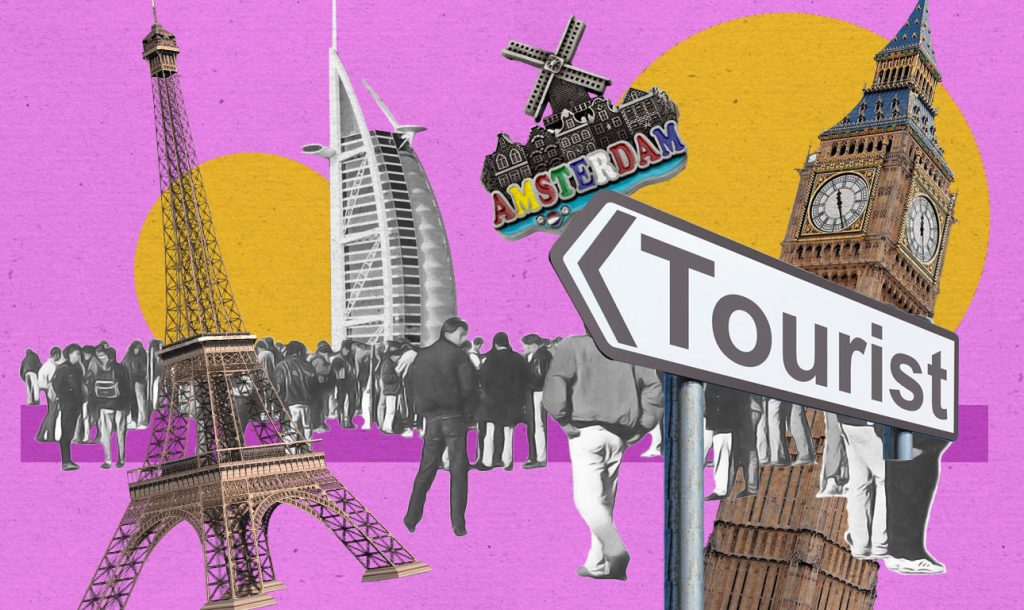
It’s been going on for years now, but increasingly decisively: destinations around the world are taking drastic measures to combat the growing scourge of overtourism. However, at the same time, most of the citizens of these places agree that tourists are the main source of wealth.
“So, what would have been the best tourist market?”The British are amazed Economist. Local residents, aiming to reduce nuisance and increase revenue, would prefer a smaller number of visitors who would dig deep into their pockets. So, by collecting a range of relevant data, Economist journalists rank twenty popular global destinations according to how attractive they are to travelers, giving an idea of how close or far each is from this ideal combination.
In terms of international arrivals, in absolute numbers, London and Tokyo topped the list last year, with both cities welcoming 20 million tourists, followed by Istanbul, which welcomed 17 million visitors. However, dividing the number of visits by the population of each city, the top three places are occupied by Amsterdam, Paris and Milan, with ten, eight and six visits per citizen respectively.
Especially for the beautiful capital of the Netherlands, the fact that it’s so attractive doesn’t just bother its residents, it also bothers the municipal authorities, who have tried to stem the flood of tourists in recent years. Banning hotel accommodation, cruise ships and raising taxes on hotels. Yet tourists continue to flock to Amsterdam, pushing locals to their limits.
In terms of tourism spending – on attractions, accommodation, transportation, etc. – Dubai topped the list with $29 billion in receipts last year. London is second with $21 billion and Singapore is third with $19 billion.
Amsterdam, Paris and Dubai saw per capita gains. However, the gap between these destinations (in terms of tourism spending and income) is impressive, with the Economist noting that visitors to Amsterdam spend four times more than those to Milan. “By concentrating an incredibly large number of tourists in a city, per capita tourism expenditure increases. Amsterdam would be a poorer city with fewer tourists. Hypertourism has some positive elements”, the British publication judges.
However, some destinations are doing well, seeing their revenue grow without being overwhelmed by the influx of tourists. For example, visitors to Osaka, Japan’s second-oldest city, spend an average of $4,900 per local, while visitors to Madrid spend $4,300. Neither city is particularly touristy, with four and two visitors per year, respectively.
Residents of Amsterdam want something like this to happen in their city, however, now that “some tourists may be too many”, according to a general economist report, and Osaka’s municipal authorities are considering the possibility of charging foreigners. Tourists, the walls of the Spanish capital are now “decorated” with anti-tourist graffiti.
Follow it Prime in Google News

. “Professional creator. Subtly charming web advocate. Unapologetic problem solver. Devoted student.”





More Stories
Acrylic vs. Must-Have Acrylic Brushes for Perfect Nail Art
Technological Advancements in Tortoise Tracking and Monitoring
Criminal gang in Mykonos encouraged women into prostitution – how they set up romantic dates